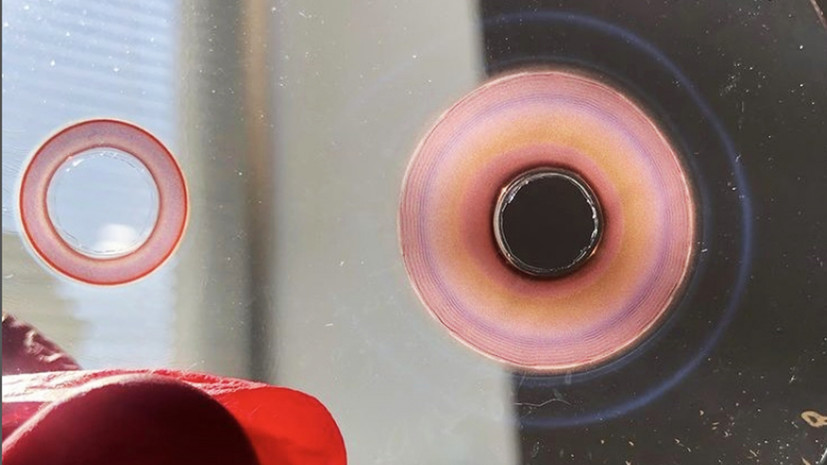Russian scientists from ITMO University, P.I.
A.F.
Ioffe, with the participation of colleagues from the University of Rovira y Virgili (Spain), have developed and created flexible sensor films for detecting pesticides on the surfaces of vegetables and fruits.
This was reported in the Nanoscale magazine.
The scientists produced structures based on silver nanoparticles by placing a strong synthetic substance, melamine, and a small amount of silver nitrate in a Petri dish with a thin layer of gel made from a natural gelling agent, agar.
After crystallization of the gel under the influence of light and further drying, they received light and flexible films-sensors.
The entire creation process took about a day.
According to the researchers, such films are compatible with instruments for spectral analysis, including portable Raman spectrometers.
“The technology is promising.
There are already portable Raman solutions on the market that can be combined with our sensor films.
Previously, sensors used very high concentrations of silver.
The introduction of melamine helped to reduce these indicators by an order of magnitude, "said Ekaterina Skorb, professor and director of the Scientific and Educational Center for Infochemistry at ITMO University, in an interview with RT.
The film's mechanism of action is simple, the researchers note.
The sensor (a small piece of film) is placed on a fruit or vegetable, moistened with water or alcohol, and then examined in a Raman spectrometer.
Spectral analysis allows you to recognize
traces of hazardous chemicals on the already existing database of "digital passports" of their molecules.
“We compared the detection limits of pesticides in our sensors with classical instruments: chromatographic, polarographic, voltammetric and other methods for finding chemicals.
Our method is faster, cheaper, more mobile.
Further, we plan to continue experiments to determine other types of pesticides with different concentrations, ”said the main executor of the project, Anastasia Nenashkina.
According to the researchers, the development represents a universal method for analyzing products in the food and agricultural industries and is suitable not only for the detection of pesticides.
It will also find application in medicine - with its help it is possible to determine a number of antibiotics, as well as conduct a biochemical analysis for the presence of various viruses and microbes.

